How to Shave Like a Man
Rediscovering the Civilized Way to Shave
A man doesn’t begin life knowing how to shave. I don’t know exactly when I started shaving regularly, but I suspect I started at age 16. If you add all those years up (something I try to avoid), I’ve scraped hair off my face with a sharpened piece of metal for something close to 10,000 times.

Despite this vast experience (and despite what manly sports personalities have been telling me my whole life), until recently I’ve been shaving all wrong. It was past time I learned how to shave like a man.
How to Shave: Tools of the Trade
First, to get started down the bold path of shaving with double-edge razor, you need the right tools.
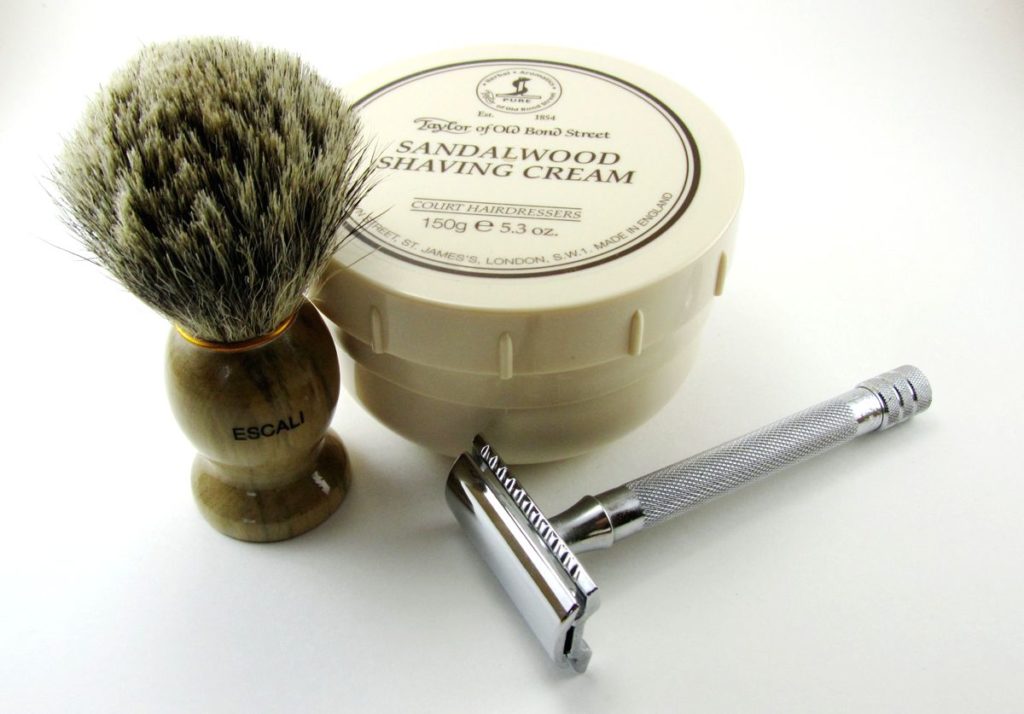
The Razor
My primary tool of choice: the Merkur 180 Long Handled Chrome Safety Razor.
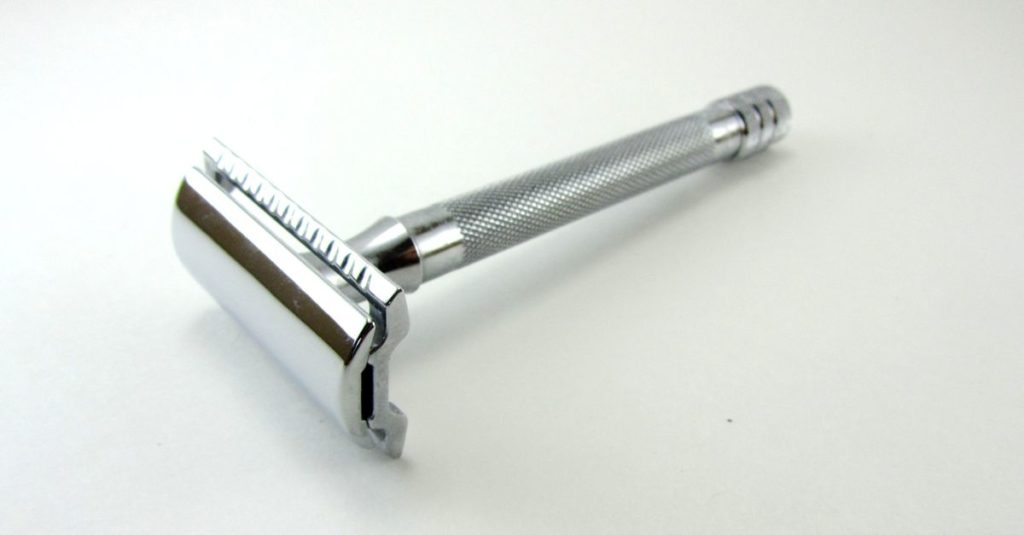
I like the long-handled Merkur because it’s easy to use and easy to clean. The longer handle on this model makes it a bit easier to maneuver over the contours of my face than other, shorter-handled models.
The Blade
I’ve tried a number of different blades in my quest to learn how to shave, but I keep coming back to Astra Super-Premium Platinum.
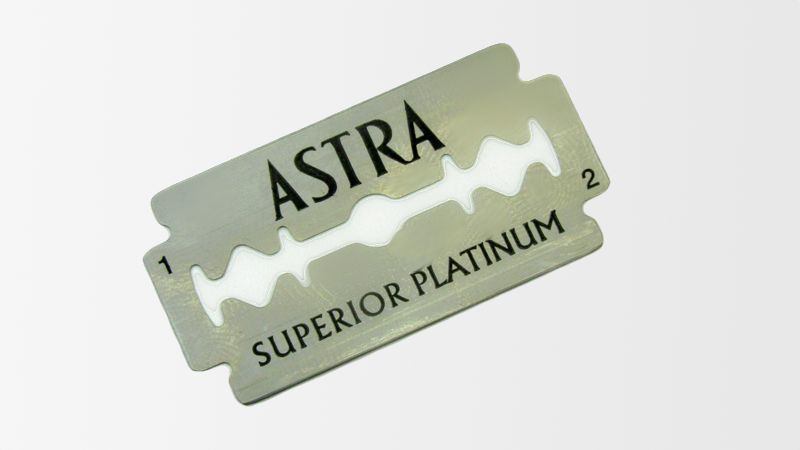
Each blade is good for about a week’s worth of shaves, so this box of 100 will last me nearly two years. Another blade option people seem to like (but I haven’t tried) are the more expensive Feather Hi-Stainless Blades.
The Brush
For applying a thick lather to your whiskers, nothing works quite as well as the Escali 100% Pure Badger Shaving Brush.

I read a lot about the difference between synthetic and natural brushes. In the end, I went with a badger-bristle brush, for no other reason than badger hair has been used with great success for a long time. I’ve never used anything else, but I really like how the badger fur holds water and lathers up nicely.
The Soap
When it comes to shaving cream, you’ll find an almost infinite variety to choose from. After a little research, I decided to go with Taylor of Old Bond Street Sandalwood Shaving Cream.
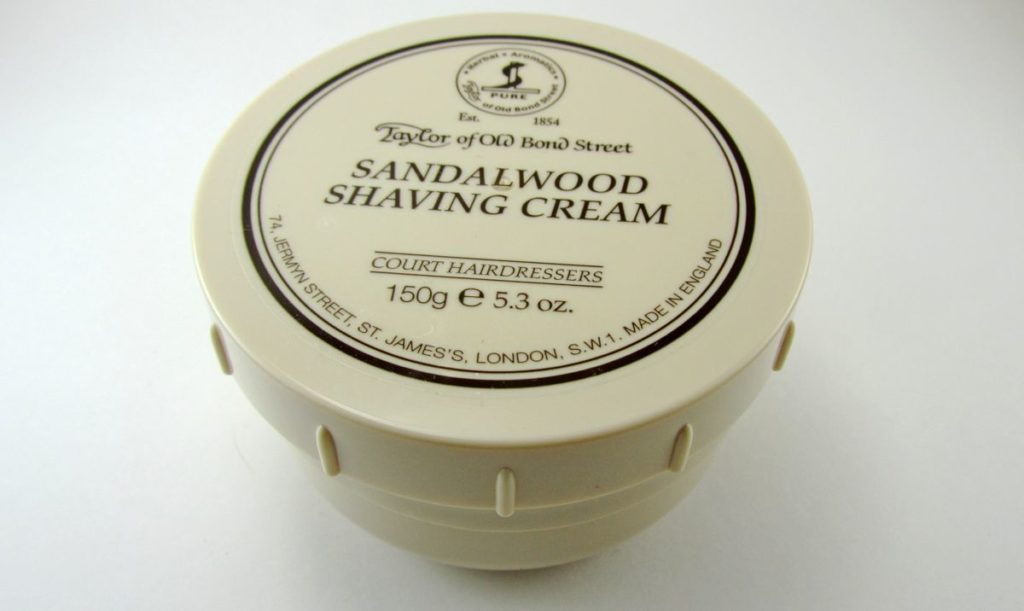
This stuff has a nostalgic, earthy scent that reminds me of barbershops from back in the day. A jar seems to last me three months or so. I’ve also used Proraso Eucalyptus & Menthol Shaving Soap, which has a bracing minty scent and makes the skin tingle pleasantly.
How to Shave: The Technique
- Preparation. Get your face wet using hot water. I’ve had the best results when shaving right after I step out of the shower. Also, using a hot towel works wonders to soften the hair and get the beard ready for a close shave. It feels really good, too.
Apply soap to your brush and stir it in a mug or bowl to get it good and lathered up—you want a good, thick lather, so experiment with what works best for you. Apply to your face liberally, working the lather in with broad, circular strokes to really make the beard stand up. - Process. With the razor, use smooth strokes, shaving with the grain of your beard, angling the razor between 30 to 45 degrees, and rinsing in cold water between the strokes. This can be tricky, mainly around the sharper angles of your jawline and chin—especially if you’ve been a cartridge-shaver your whole life. But you’ll quickly learn where your sensitive spots are and how to shave around them. For instance, I have a spot on my chin (left over from an injury during a foolish moment in college) I always cut if I’m not careful. One tip for a really smooth shave: pull the skin taut to make the hairs stand up. That helps to cut them off right at the skin level. When you’re done, later up and repeat for a really close shave.
- Pressure. You don’t need a lot of it. These razors are heavier than a standard plastic cartridge razor, so there’s no need to press hard against the skin. In fact, if you use too much pressure you’re going to hurt yourself (trust me on this). Let the weight of the razor do the work.
- Patience. If you rush your shave, you’ll get cut. Personally, I’m rushed in so many other areas of my life these days, I really enjoy the ritual of slowing down to shave. So much so, in fact, I look forward to shaving each morning.
- Pay attention. I mean seriously. You’ve got a razor blade against your face. You can (and probably will) cut yourself if you’re not watching what you’re doing. After a while it becomes a more routine, but it’s never something you should do without a certain amount of care. When the mind wanders, the blood will flow.
How to Shave: The Finish
When it’s all over, I rinse my face in cold water. That’s all you really need, but I like to finish it off with a little Lay-Rite No. 9.
And while the whole process may seem complex, it’s a fabulous morning ritual. And besides, it’s a lot easier than shaving in space.
What about cost?
I used to use a Gillette Mach 3 (with three blades for a closer shave!). The initial buy-in wasn’t too bad: $13 for the razor and two cartridges. Shaving cream can be cheap ($5 or less for can). But the cartridges, the actual blades that do the work, are really expensive (nearly $30 for a pack of 10). Yeah, I know they say they’re good for months, but I’ve seldom had a cartridge last me more than a week. I got tired of shelling out $150 or so a year in blades.
My whole set-up listed above (razor, two years’ of blades, soap, and brush) was only $85. Add another $45 for three more jars of shaving cream, and I’m still paying $20 less than I would for a year’s supply of cartridges alone.
Care and Storing of your Tools
Most manufacturers recommend storing your brush bristles down to allow for proper drying. This will extending the life of your brush.

Care and storing of your brush.
With that in mind, I decided to spring for a Colonel Conk razor and brush stand. It looks—and works—great.
Credits
This post is the result of months of self-experimentation and a little research. As I cobbled it together, I had three main sources of reliable information. They are, in no particular order:
- Art of Manliness (Specifically: Learn How to Shave Like Your Grandpa).
- The Wirecutter (Specifically: The Best Razors—ignore all that stuff at the top and go right to the double-edge section).
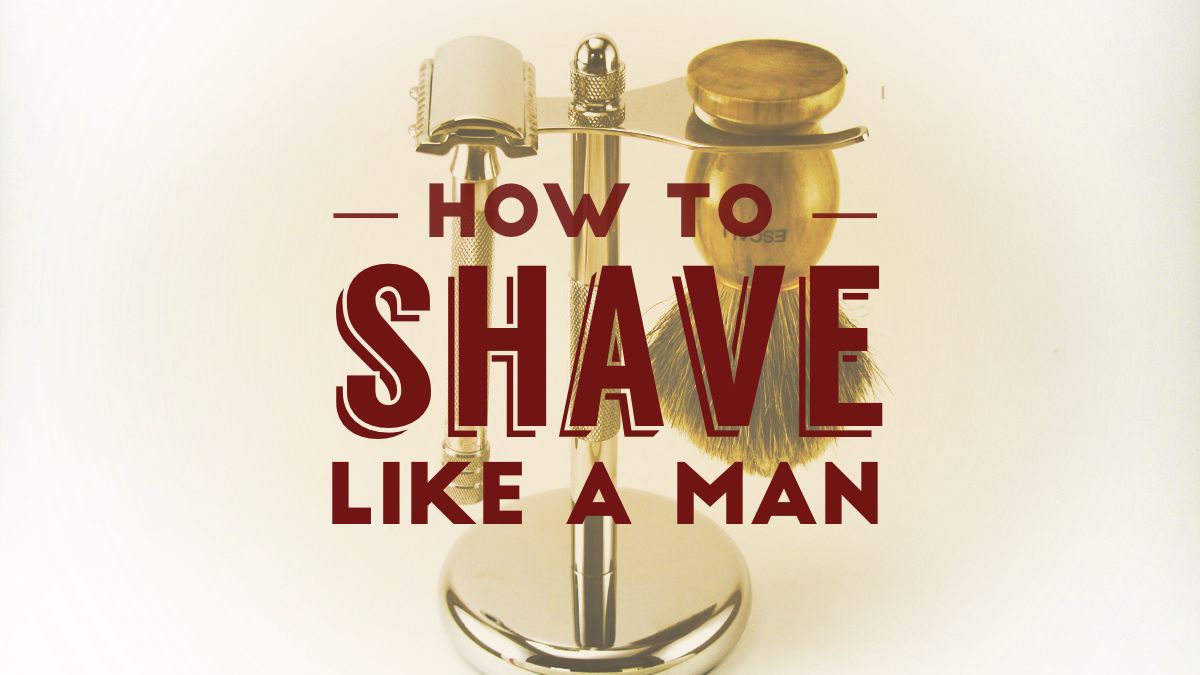



Hey Tom,
This is a great article on the basics of traditional wet shaving! Very informative, yet concise. I am a big wet shaving enthusiast and its important to spread the word. There’s actually a great beginners guide to wet shvaing infographic here (http://www.primandprep.com/infographic-beginners-guide-to-wet-shaving) that talks about all the advantages, including some that you have listed above. Keep up the great work!
Thanks for the comments, Ben. And that’s a nice infographic! Well done.